Civil Rights / Cold War
How They Lived
Everyday life generally improved after World War II. Veterans were going back to school, getting married, having children, and buying their first home—sometimes all at the same time.
American industry expanded to meet the needs of the consumer. People began buying goods that had not been available before or during the war.
A new word, suburbs, was used to describe the areas outside the city limits where new homes were being built. People could afford to buy these new homes, many using the G.I. Bill of Rights. Most families had automobiles and could easily drive from the suburbs to their jobs.
Public health improved during this time. Researchers discovered cures for potentially fatal diseases like polio and tuberculosis. Antibiotics became readily available to the public in the 1940s.
In a radically different approach, the government started providing medical insurance benefits to the elderly and the poor through Medicare and Medicaid programs.
Tennesseans were still in danger from Mother Nature in the form of tornadoes, floods, and ice. But modern technology , beginning with radar developed during World War II, helped predict and then warn people of these natural occurrences. Most people now had access to televisions and radios to hear the weather warnings. Click here to read about two major tornado outbreaks during this time.
Picture Credits:
- Photograph of a typical family watching television. Television permanently changed how the Tennessee family interacted with the outside world. Photo by Evert F. Baumgardner, National Archives and Records Administration
-
Photograph of African American roller skaters enjoying time at the Johnson City Recreation Department in 1950. Even this was a segregated activity. James Agee Film Project Photographs, Archives of Appalachia, East Tennessee State University
- Two women add books to the Blue Grass Regional Library bookmobile that is parked in front of the Maury County Public Library. Photograph was probably taken during the 1950s. Courtesy of the Maury County Public Library
- Cover image of the February 7, 1960 issue of The Nashville Tennessean magazine featuring the Nashville Business College women's basketball team. The coach is talking to players Nera White and Judy Robinson. Courtesy of Judith Coble. Tennessee State Museum Collection
- Frances Burkhalter (in middle) and two of her friends model swimming suits at a local public pool for a photographer in Nashville during the 1950s. Tennessee State Museum Collection, 88.69.1.89
- A Knoxville group, the Prophets Quartet, performs at a gospel singing concert at Alexandria, Tennessee, in July 1964. The event, "Down to Earth All Day Gospel Singing" was in its seventh year at the fairgrounds. According to the newspaper account, more than 10,000 people attended. Courtesy of The Tennessean, photographer Frank Empson
- Janitor William Everette rings the school bell for this eager group of students at Sylvan Park Elementary School in Nashville. It was on the first day of school on Sept. 7, 1955. Photo courtesy of The Tennessean
Civil Rights / Cold War >> Everyday Life >> How They Lived >>
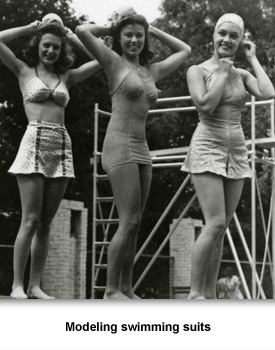
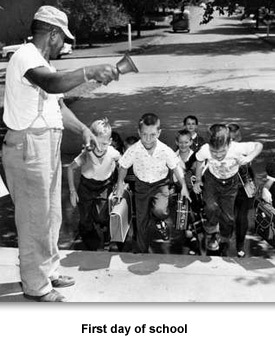
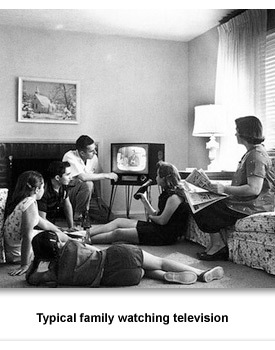
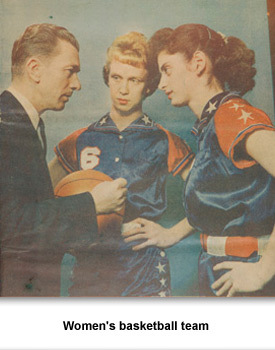

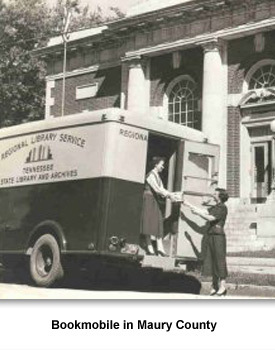
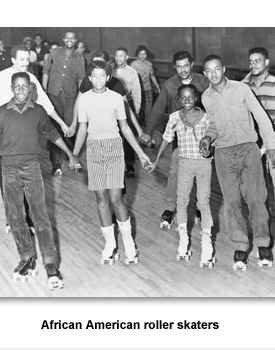
 Sponsored by: National Endowment for the Humanities
Sponsored by: National Endowment for the Humanities